As international commerce continues to grow, businesses around the world rely heavily on container shipping to move goods across borders. Among the various container sizes available, the 20ft container stands out due to its versatility and widespread use in logistics.
In this comprehensive guide, we will delve into the various components that contribute to the overall cost of shipping a 20ft container internationally. We will also explore key factors that influence these costs and provide effective strategies to help you save money. By the end of this article, you’ll have a clear understanding of how to navigate the complexities of international shipping and make informed decisions that benefit your business.
Table of Contents
1. Understanding the Basics of 20ft Container Shipping Costs
What is a 20ft Container?
A 20ft container, also known as a Twenty-foot Equivalent Unit (TEU), is one of the most commonly used containers in international shipping. Measuring approximately 20 feet in length, 8 feet in width, and 8.5 feet in height, these containers are designed to transport a wide variety of goods, from raw materials to finished products. Their standardized dimensions make them highly versatile and easy to handle in different transportation modes such as ships, trains, and trucks.
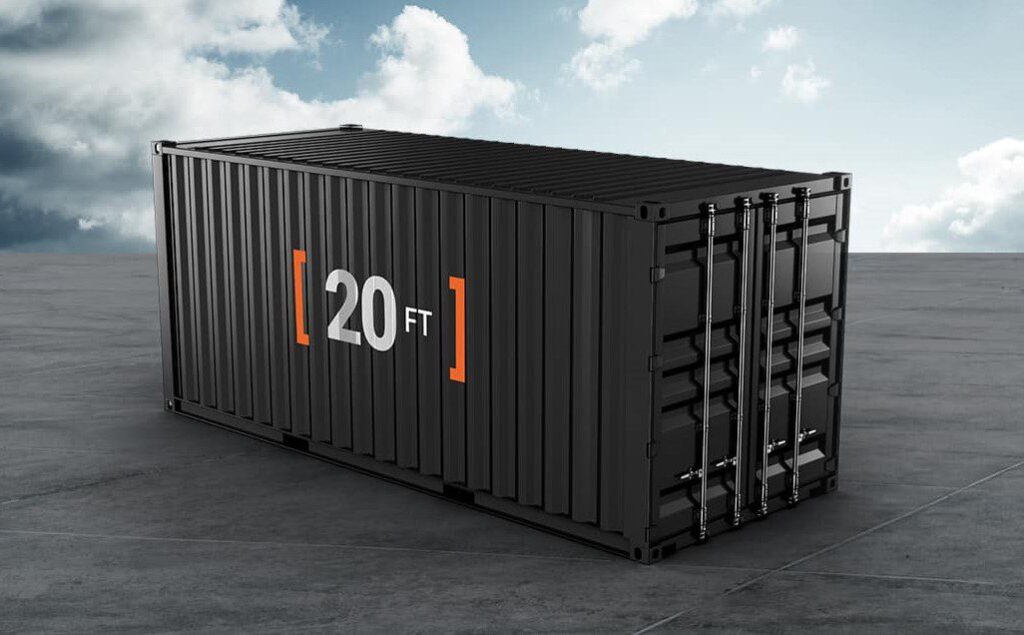
Breakdown of Typical Cost Components
Understanding the various components that make up the cost of shipping a 20ft container is crucial for effective cost management. Here are the primary cost elements:
- Freight Charges:
Freight charges are the base cost of transporting the container from the point of origin to the destination. These charges can vary significantly depending on factors such as the shipping route, carrier, and fuel prices. - Insurance:
Shipping insurance is an essential cost component that provides coverage for potential losses or damages to the cargo during transit. The cost of insurance typically depends on the value of the goods being shipped and the level of coverage required. - Port Fees:
Port fees are charges imposed by ports for handling the container. These fees can include terminal handling charges, security fees, and storage charges. Port fees can vary from one port to another and need to be factored into the overall shipping cost. - Customs Duties and Taxes:
When shipping goods internationally, customs duties and taxes are inevitable. These charges are imposed by the destination country and can vary based on the type of goods, their value, and the trade agreements in place between the countries involved. - Handling Charges:
Handling charges cover the cost of loading and unloading the container at various stages of the shipping process. These charges can include labor costs, equipment usage fees, and other related expenses.
Understanding these cost components provides a foundation for identifying potential areas for cost reduction. By breaking down the costs, businesses can develop targeted strategies to manage and minimize each component effectively.
Read More:
- Shipping From China to the United States
- Shipping From China TO CANADA
- Shipping From China To Netherlands
- Shipping From China To UNITED KINGDOM
- Shipping From China To SPAIN
2. Key Factors Affecting Shipping Costs
Shipping costs for 20ft containers can vary widely based on several influential factors. Understanding these factors can help businesses make more informed decisions and potentially reduce shipping expenses. Below are some of the most critical elements that affect international shipping costs:
Distance and Routing
Explanation of How Distance and Route Impact Costs:
The distance between the point of origin and the destination is a primary determinant of shipping costs. Longer distances typically result in higher freight charges due to increased fuel consumption, longer transit times, and additional handling requirements.
Example Routes and Their Cost Implications:
- China to the USA:
Shipping a 20ft container from major Chinese ports (e.g., Shanghai or Shenzhen) to the West Coast of the United States can be relatively cost-effective due to the high volume of trade and well-established shipping lanes. However, routes to the East Coast may incur higher costs due to longer transit times and additional handling. - China to Europe:
Shipping from China to Europe involves traversing the Suez Canal or taking longer routes around the Cape of Good Hope, which can significantly impact costs. The choice of route can also affect fuel surcharges and transit times.
Seasonal Variations
How Peak Seasons Affect Shipping Costs:
Shipping costs are often influenced by seasonal variations, with peak seasons driving up prices. For example, the period leading up to major holidays such as Christmas or Chinese New Year sees a surge in shipping demand, resulting in higher freight rates.
Strategies for Avoiding Peak Season Surcharges:
- Advance Planning: Planning shipments well in advance of peak seasons can help secure lower rates.
- Flexible Scheduling: Opting for off-peak shipping times can result in significant cost savings.
- Alternative Routes: Exploring less congested routes can help avoid peak season surcharges.
Supply and Demand
Overview of How Market Conditions Influence Prices:
The principle of supply and demand plays a crucial role in determining shipping costs. During periods of high demand and limited supply, freight rates tend to increase. Conversely, when demand drops and capacity is plentiful, rates are likely to be more competitive.
Tips on Timing Your Shipments to Take Advantage of Lower Demand:
- Monitoring Market Trends: Keeping an eye on market trends and shipping forecasts can help identify periods of low demand.
- Building Relationships with Carriers: Establishing strong relationships with carriers can provide access to better rates during periods of low demand.
3. Effective Strategies to Save on Shipping Costs
Reducing shipping costs requires a strategic approach that encompasses various aspects of the shipping process. Here are some effective strategies to help you save on shipping a 20ft container:
Choosing the Right Incoterms
Explanation of Common Incoterms like FOB, CIF, and DDP:
Incoterms (International Commercial Terms) define the responsibilities of buyers and sellers in international trade. Selecting the appropriate Incoterm can significantly impact shipping costs.
- FOB (Free on Board): The seller pays for transportation to the port of shipment, and the buyer assumes responsibility for costs from that point onward. This can be cost-effective if the buyer has better rates for subsequent shipping stages.
- CIF (Cost, Insurance, and Freight): The seller covers the cost of freight and insurance to the destination port. This can simplify the process but may result in higher overall costs.
- DDP (Delivered Duty Paid): The seller assumes all responsibilities, including shipping, customs clearance, and delivery to the buyer’s location. While convenient, this can be the most expensive option.
Benefits and Drawbacks of Each for Cost-Saving:
- FOB: Offers control over shipping costs but requires coordination with multiple service providers.
- CIF: Simplifies the process but may include markups on freight and insurance.
- DDP: Provides comprehensive service but at a premium price.
Consolidation and Groupage
How Consolidating Shipments Can Reduce Costs:
Consolidation involves combining multiple smaller shipments into a single container. This can be particularly cost-effective when shipping smaller volumes that do not fill an entire container.
Case Study or Example of Successful Consolidation:
A small e-commerce business shipping products from China to Europe could consolidate shipments with other businesses through a freight forwarder. By sharing container space, each business pays a fraction of the shipping cost, resulting in significant savings.
Negotiating with Freight Forwarders
Tips for Negotiating Better Rates:
- Volume Discounts: Shipping higher volumes can lead to better rates. Consolidating shipments can help achieve this.
- Long-Term Contracts: Establishing long-term contracts with freight forwarders can secure preferential rates.
- Multiple Quotes: Obtaining quotes from multiple freight forwarders allows for competitive pricing.
What to Look for in a Reliable Freight Forwarder like Dantful International Logistics:
- Reputation: Look for a freight forwarder with a strong reputation for reliability and service quality.
- Network: A well-established network of carriers and agents can offer more flexible and cost-effective shipping solutions.
- Customer Support: Excellent customer support ensures smooth communication and problem-solving throughout the shipping process.
Flexible Scheduling
How Flexible Shipping Schedules Can Save Money:
Being flexible with shipping dates can lead to cost savings. For example, avoiding peak demand periods and opting for mid-week shipments can result in lower rates.
Real-World Examples of Cost Savings Through Flexible Scheduling:
An electronics manufacturer shipping from China to the USA might save on shipping costs by scheduling shipments during non-peak periods and avoiding weekends, thereby reducing port handling and congestion charges.
By implementing these strategies, businesses can achieve significant savings on international shipping costs for 20ft containers. In the next sections, we will explore the role of technology in cost management and provide real-world examples and case studies to illustrate these strategies in action.
4. Leveraging Technology for Cost Management
In today’s digital age, technology plays a pivotal role in managing and reducing shipping costs. Leveraging the right tools and platforms can provide businesses with enhanced visibility, streamlined processes, and data-driven insights. Here are several ways technology can help optimize shipping costs for 20ft containers.
Use of Shipping Management Software
Overview of Popular Shipping Management Tools:
Shipping management software has become an essential tool for businesses looking to streamline their logistics operations. These platforms offer a range of features that can help manage and reduce shipping costs.
Benefits Such as Real-Time Tracking and Cost Analysis:
- Real-Time Tracking: Shipping management software provides real-time tracking of shipments, allowing businesses to monitor the status of their containers throughout the transit process. This visibility helps in identifying potential delays and mitigating additional costs.
- Cost Analysis: Advanced analytics features enable businesses to analyze shipping costs, identify trends, and make data-driven decisions to optimize their logistics operations. For example, businesses can track expenses across different routes and carriers to determine the most cost-effective options.
Online Freight Marketplaces
How to Compare Rates from Multiple Carriers:
Online freight marketplaces have revolutionized the way businesses approach shipping. These platforms allow users to compare rates from multiple carriers, ensuring they secure the best possible deals.
- Rate Comparison: By entering shipment details such as origin, destination, and container size, businesses can receive quotes from various carriers. This transparency enables them to compare rates and choose the most cost-effective option.
- Instant Booking: Many online freight marketplaces offer instant booking capabilities, allowing businesses to secure favorable rates quickly without lengthy negotiations.
Best Practices for Using Online Marketplaces:
- Regular Monitoring: Regularly monitoring rates on online freight marketplaces can help businesses take advantage of fluctuations in shipping costs.
- Leveraging Reviews: Reading reviews and ratings of carriers on these platforms can provide insights into their reliability and service quality, aiding in the selection of the best shipping partner.
By harnessing the power of technology, businesses can gain greater control over their shipping processes, leading to significant cost savings and improved operational efficiency.
Conclusion
In conclusion, understanding the various factors that affect international shipping costs for 20ft containers and implementing effective strategies can lead to substantial cost savings. By leveraging technology, negotiating better rates, and employing consolidation tactics, businesses can optimize their shipping processes and improve their bottom line. For businesses looking to navigate the complexities of international shipping and achieve cost-effective results, partnering with a trusted freight forwarder like Dantful International Logistics can make all the difference.
FAQ: Frequently Asked Questions
1. What is the average cost of shipping a 20ft container internationally?
The cost of shipping a 20ft container can vary significantly based on several factors, including the shipping route, distance, carrier, and current market conditions. On average, the cost ranges from $1,000 to $5,000, but this can fluctuate. For the most accurate rates, it is advisable to use online freight marketplaces or consult with a reputable freight forwarder like Dantful International Logistics.
2. How can I reduce the cost of shipping a 20ft container?
There are several strategies to reduce shipping costs:
- Choose the right Incoterms (e.g., FOB, CIF, DDP) to manage responsibilities and costs effectively.
- Consolidate shipments to share container space and reduce individual costs.
- Negotiate better rates with freight forwarders.
- Use shipping management software for real-time tracking and cost analysis.
- Opt for flexible shipping schedules to avoid peak season surcharges.
3. What are Incoterms and how do they affect shipping costs?
Incoterms (International Commercial Terms) are standardized trade terms used in international contracts to define the responsibilities of buyers and sellers. They affect shipping costs by determining who is responsible for various costs and risks during the shipping process. Common Incoterms include FOB (Free on Board), CIF (Cost, Insurance, and Freight), and DDP (Delivered Duty Paid).
4. How does Dantful International Logistics help in reducing shipping costs?
Dantful International Logistics offers a comprehensive range of services to help businesses reduce shipping costs. These include:
- Negotiating competitive rates with carriers.
- Providing consolidation services to share container space.
- Offering advanced shipping management software for real-time tracking and cost analysis.
- Flexible scheduling to avoid peak season surcharges and optimize shipping routes.
5. What is the importance of shipping insurance?
Shipping insurance is crucial as it provides coverage for potential losses or damages to the cargo during transit. The cost of insurance depends on the value of the goods being shipped and the level of coverage required. It ensures that businesses are financially protected in case of unforeseen events.
References
- World Shipping Council – Provides comprehensive data and statistics on global container shipping, including trends and market conditions. World Shipping Council
- Freightos – An online freight marketplace that offers rate comparison, instant booking, and shipping management tools. Freightos
- CargoWise – A leading logistics platform offering end-to-end supply chain visibility and cost optimization features. CargoWise
- ShipStation – Shipping software that integrates with major e-commerce platforms, providing automated shipping solutions and discounted rates. ShipStation
- Dantful International Logistics – A highly professional, cost-effective, and high-quality one-stop international logistics service provider for global traders. Dantful International Logistics

Young Chiu is a seasoned logistics expert with over 15 years of experience in international freight forwarding and supply chain management. As CEO of Dantful International Logistics, Young is dedicated to providing valuable insights and practical advice to businesses navigating the complexities of global shipping.

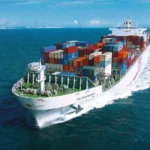


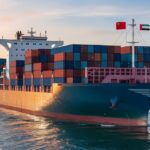

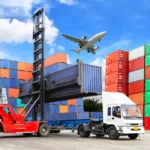

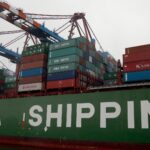


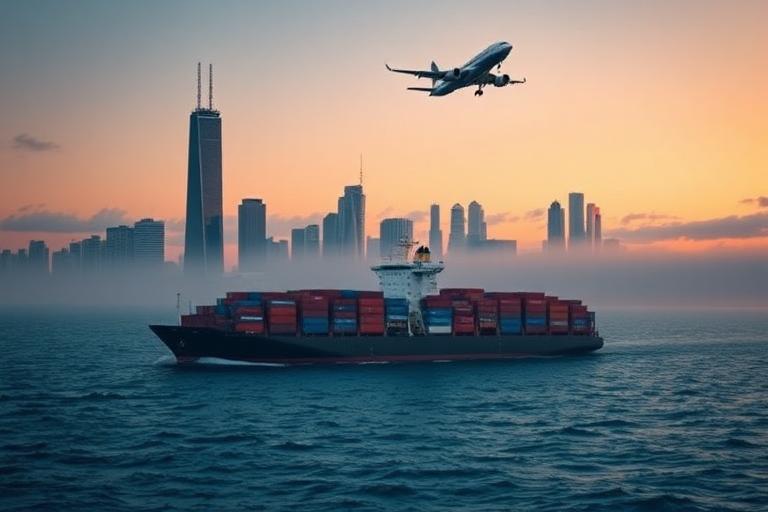
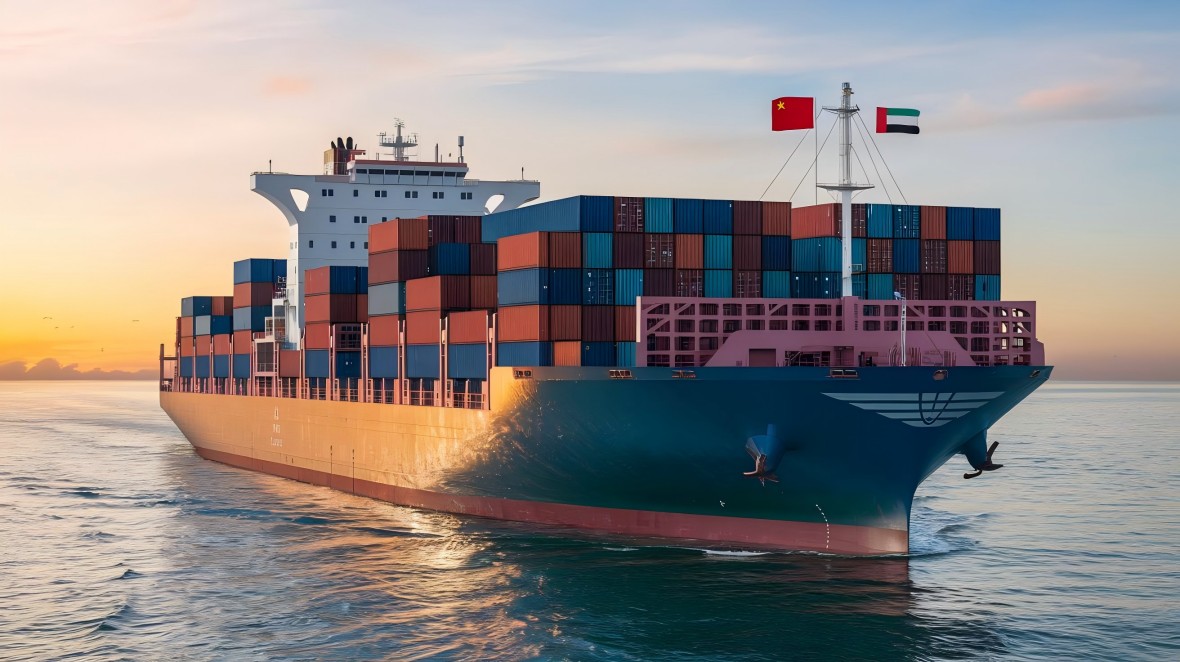
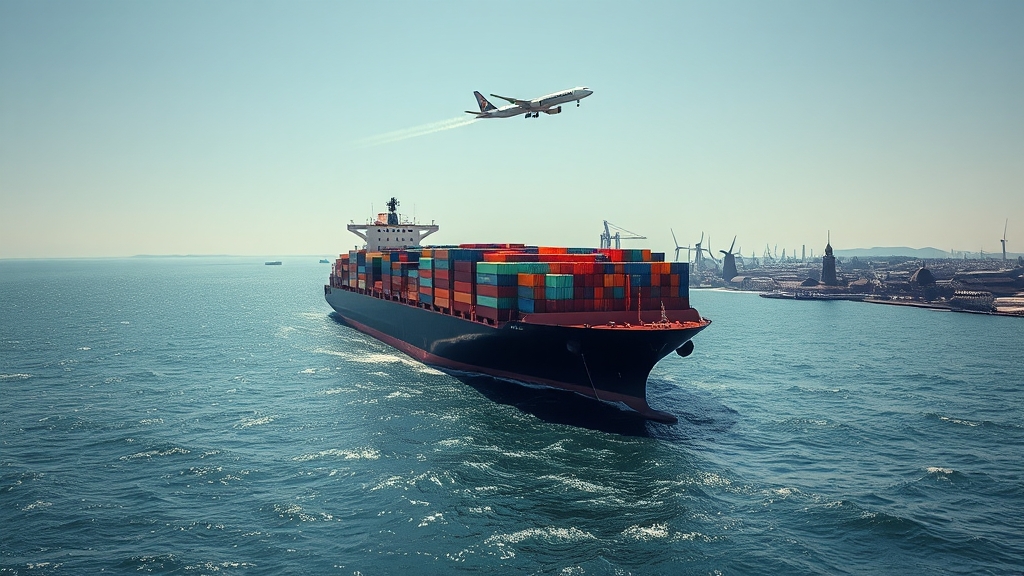
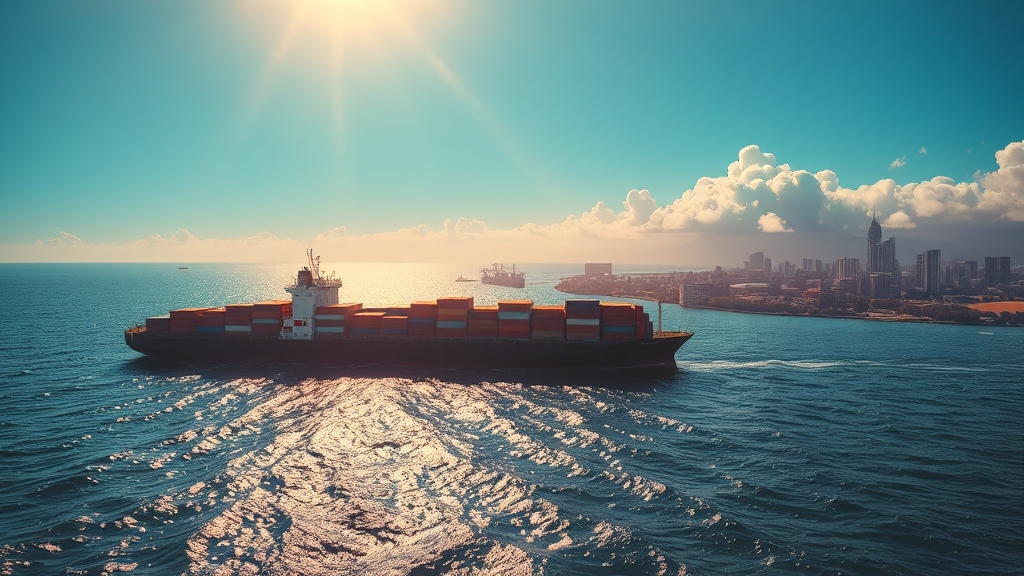
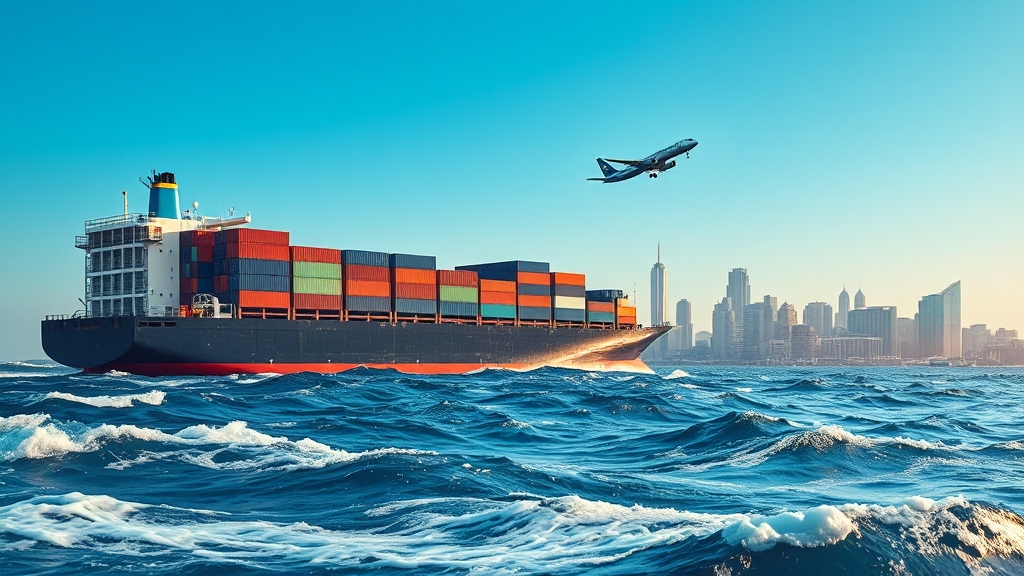





 Afrikaans
Afrikaans Shqip
Shqip አማርኛ
አማርኛ العربية
العربية Հայերեն
Հայերեն Azərbaycan dili
Azərbaycan dili Euskara
Euskara Беларуская мова
Беларуская мова বাংলা
বাংলা Bosanski
Bosanski Български
Български Català
Català Cebuano
Cebuano Chichewa
Chichewa 简体中文
简体中文 繁體中文
繁體中文 Corsu
Corsu Hrvatski
Hrvatski Čeština
Čeština Dansk
Dansk Nederlands
Nederlands English
English Esperanto
Esperanto Eesti
Eesti Filipino
Filipino Suomi
Suomi Français
Français Galego
Galego ქართული
ქართული Deutsch
Deutsch Ελληνικά
Ελληνικά Kreyol ayisyen
Kreyol ayisyen Harshen Hausa
Harshen Hausa Ōlelo Hawaiʻi
Ōlelo Hawaiʻi עִבְרִית
עִבְרִית हिन्दी
हिन्दी Hmong
Hmong Magyar
Magyar Íslenska
Íslenska Igbo
Igbo Bahasa Indonesia
Bahasa Indonesia Gaeilge
Gaeilge Italiano
Italiano 日本語
日本語 Basa Jawa
Basa Jawa ಕನ್ನಡ
ಕನ್ನಡ Қазақ тілі
Қазақ тілі ភាសាខ្មែរ
ភាសាខ្មែរ 한국어
한국어 كوردی
كوردی Кыргызча
Кыргызча ພາສາລາວ
ພາສາລາວ Latin
Latin Latviešu valoda
Latviešu valoda Lietuvių kalba
Lietuvių kalba Lëtzebuergesch
Lëtzebuergesch Македонски јазик
Македонски јазик Malagasy
Malagasy Bahasa Melayu
Bahasa Melayu മലയാളം
മലയാളം Maltese
Maltese Te Reo Māori
Te Reo Māori मराठी
मराठी Монгол
Монгол ဗမာစာ
ဗမာစာ नेपाली
नेपाली Norsk bokmål
Norsk bokmål پښتو
پښتو فارسی
فارسی Polski
Polski Português
Português ਪੰਜਾਬੀ
ਪੰਜਾਬੀ Română
Română Русский
Русский Samoan
Samoan Gàidhlig
Gàidhlig Српски језик
Српски језик Sesotho
Sesotho Shona
Shona سنڌي
سنڌي සිංහල
සිංහල Slovenčina
Slovenčina Slovenščina
Slovenščina Afsoomaali
Afsoomaali Español
Español Basa Sunda
Basa Sunda Kiswahili
Kiswahili Svenska
Svenska Тоҷикӣ
Тоҷикӣ தமிழ்
தமிழ் తెలుగు
తెలుగు ไทย
ไทย Türkçe
Türkçe Українська
Українська اردو
اردو O‘zbekcha
O‘zbekcha Tiếng Việt
Tiếng Việt Cymraeg
Cymraeg יידיש
יידיש Yorùbá
Yorùbá Zulu
Zulu